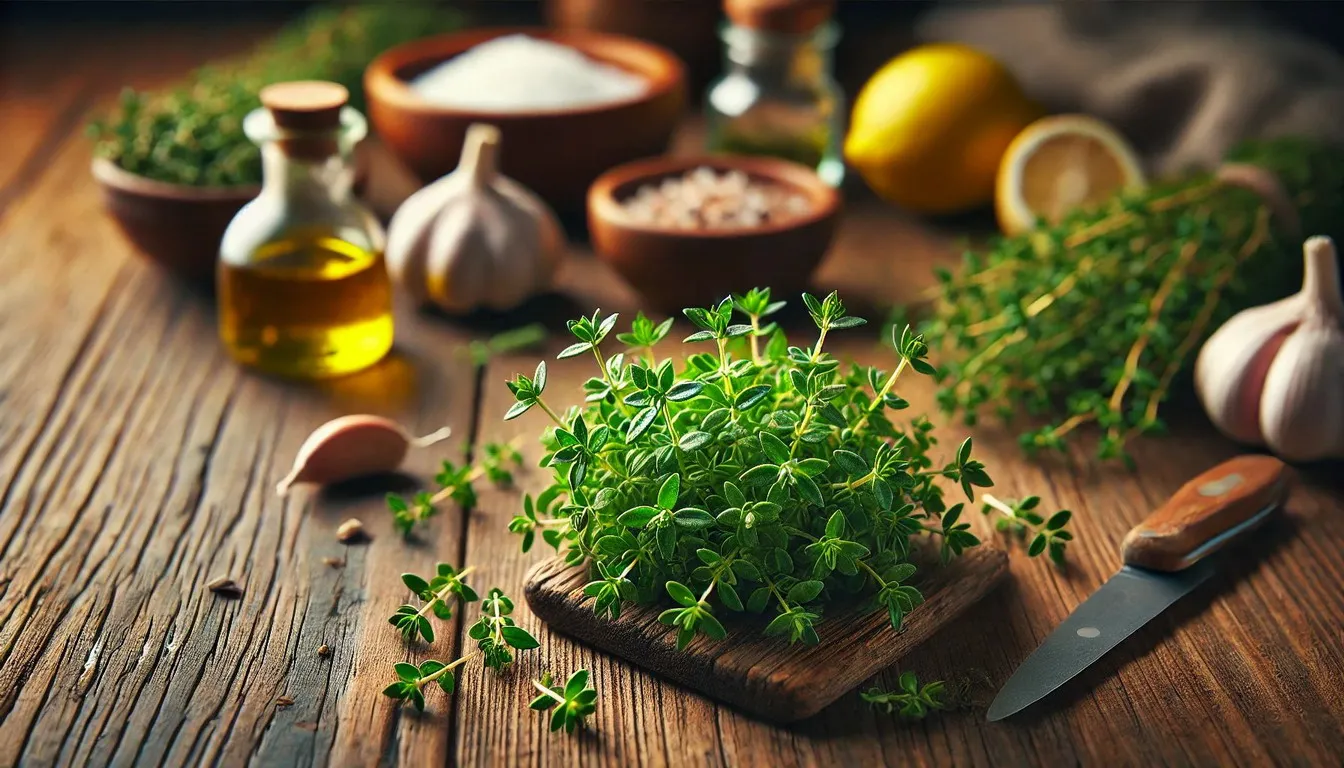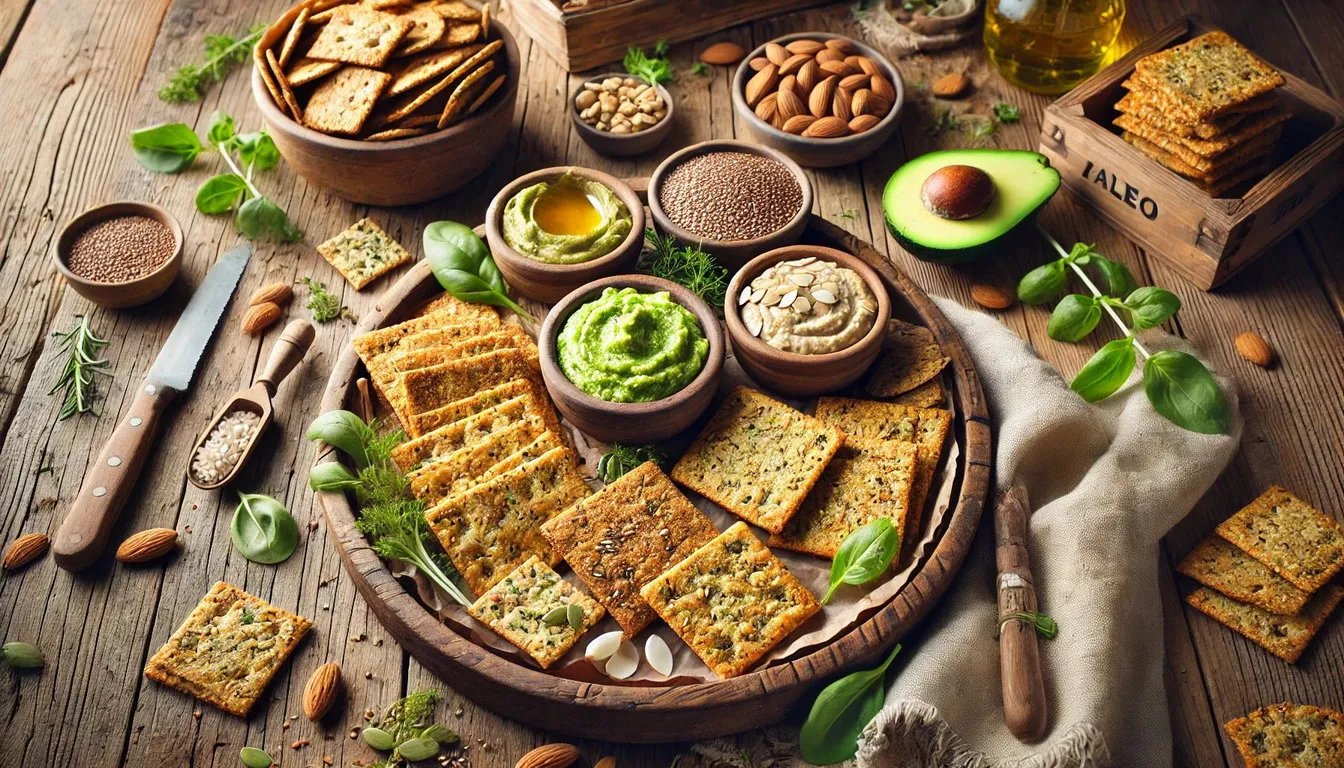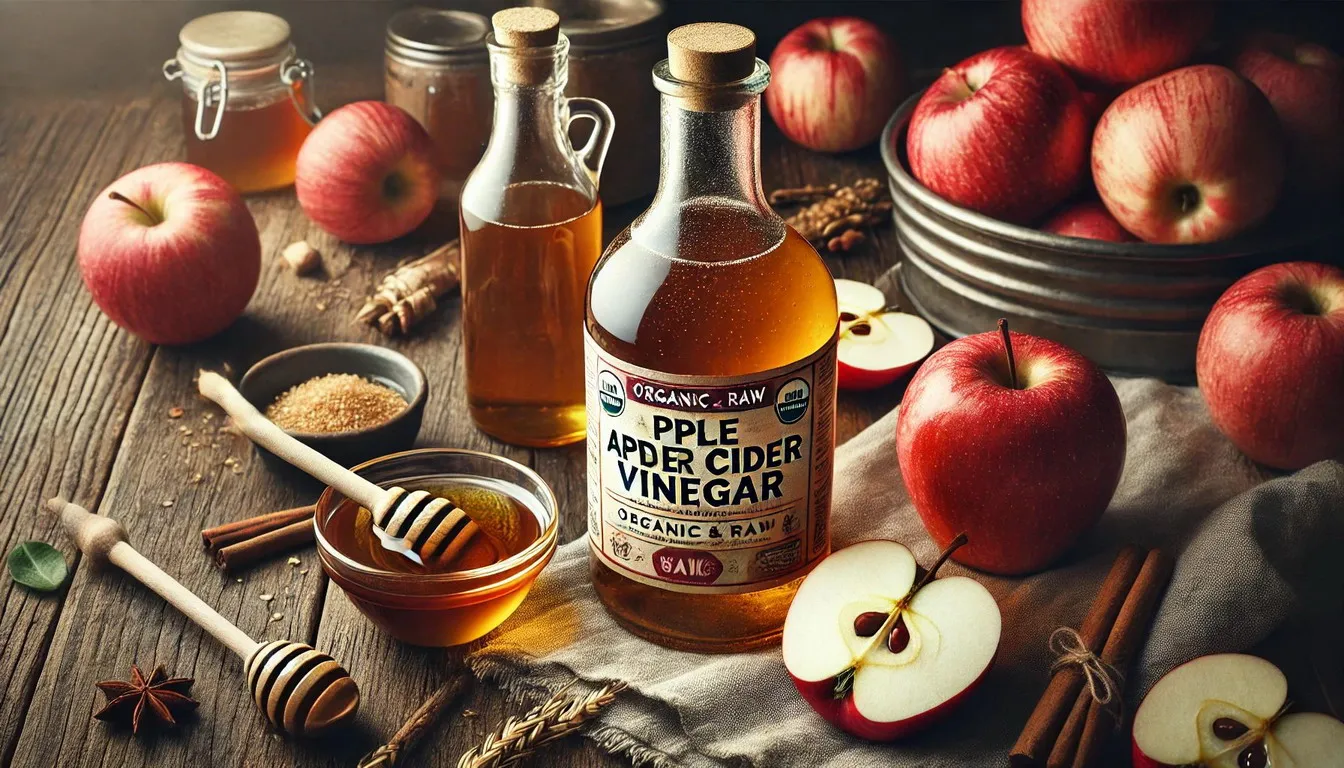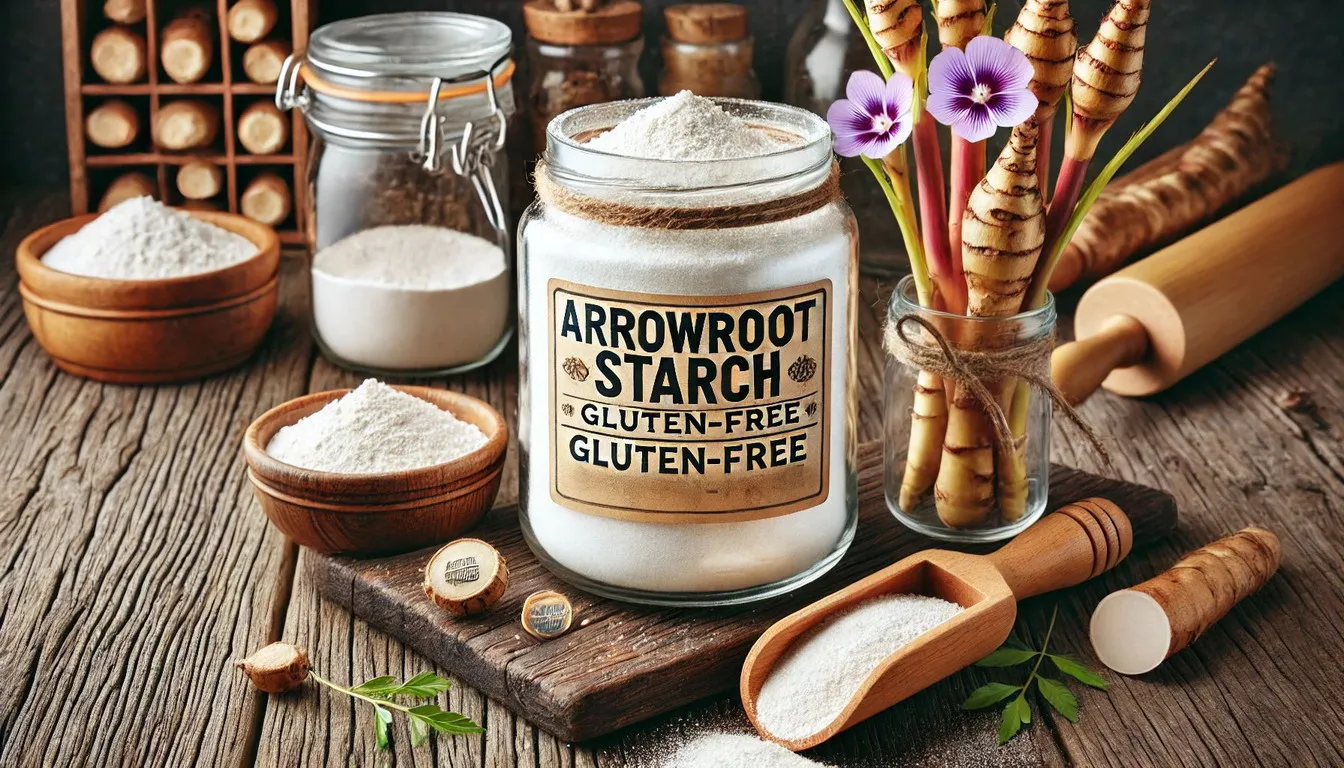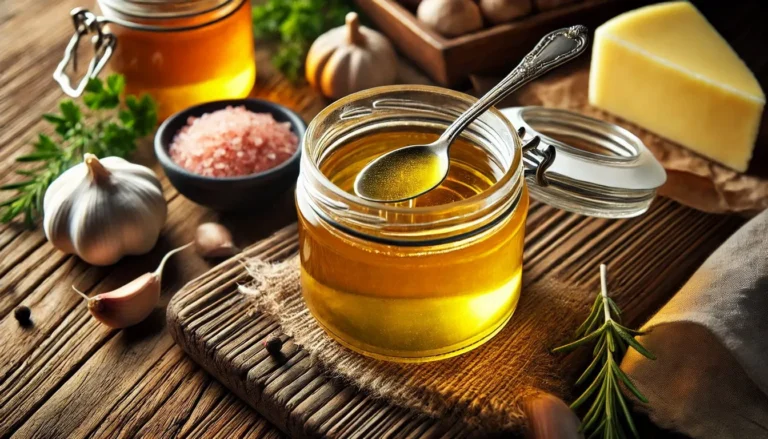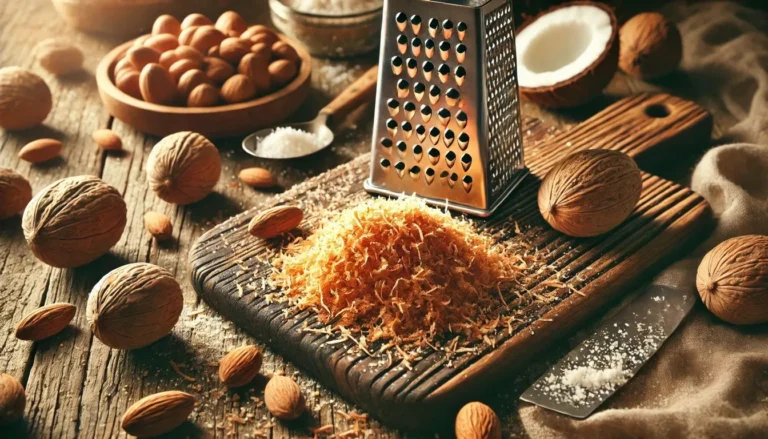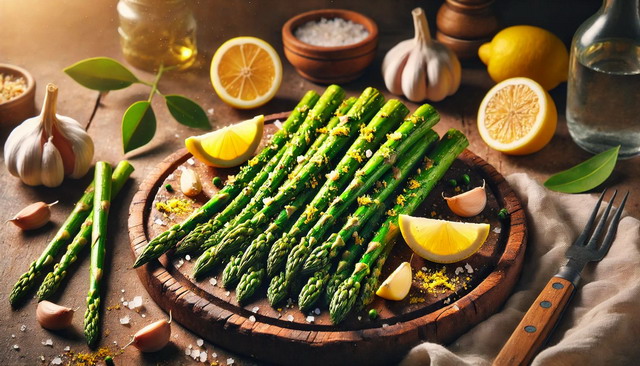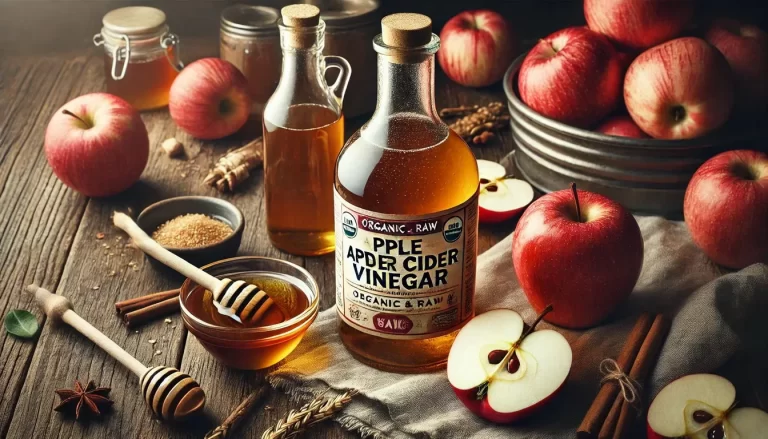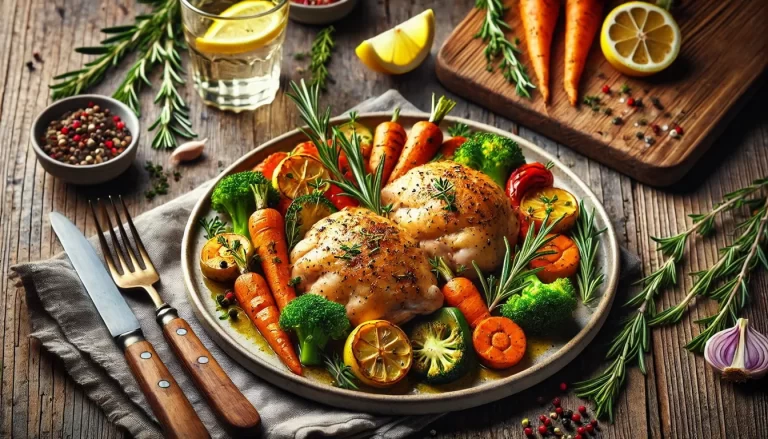The Paleo diet has gained immense popularity over the years, emphasizing whole foods and natural ingredients. Among the many herbs used in Paleo cooking, fresh thyme leaves stand out for their flavor and health benefits. This article delves into the benefits and uses of fresh thyme leaves in Paleo recipes, focusing on bone broth and almond flour dishes.
Benefits of Fresh Thyme Leaves
Nutritional Value
Fresh thyme leaves are a powerhouse of nutrients. They are rich in vitamins A and C, essential for maintaining a robust immune system. Additionally, thyme contains iron, manganese, and calcium, which are vital for overall health. These nutrients make fresh thyme a valuable addition to the Paleo diet, which prioritizes nutrient-dense foods.
Health Benefits
Thyme’s health benefits extend beyond its nutritional content. It has antibacterial, antifungal, and anti-inflammatory properties, making it an excellent choice for boosting health. Regular consumption of thyme can help improve digestion, support respiratory health, and even aid in combating infections.
Fresh vs. Dried Thyme
While dried thyme is more convenient, fresh thyme offers a more vibrant flavor and higher nutritional value. Fresh thyme retains its essential oils, which are responsible for its potent aroma and taste. These oils are often lost during the drying process, making fresh thyme a superior choice for cooking.
Using Fresh Thyme in Bone Broth
What is Bone Broth?
Bone broth is a staple in the Paleo diet, known for its rich nutrient profile and health benefits. It is made by simmering bones with water, vegetables, and herbs for an extended period. This process extracts collagen, minerals, and amino acids, creating a nourishing broth.
Fresh Thyme in Bone Broth Recipes
Incorporating fresh thyme into bone broth enhances its flavor and nutritional content. The aromatic oils in thyme infuse the broth with a subtle, earthy taste that complements the richness of the bones.
Recipe: Fresh Thyme Bone Broth
Ingredients:
- 2-3 pounds of bones (chicken, beef, or pork)
- 2 tablespoons of apple cider vinegar
- 1 onion, chopped
- 2 carrots, chopped
- 2 celery stalks, chopped
- 3-4 sprigs of fresh thyme
- 2 bay leaves
- 1 teaspoon of peppercorns
- 2 cloves of garlic, smashed
- Water to cover
Instructions:
- Place the bones in a large pot or slow cooker.
- Add apple cider vinegar and enough water to cover the bones. Let sit for 30 minutes.
- Add the onion, carrots, celery, thyme, bay leaves, peppercorns, and garlic.
- Bring to a boil, then reduce to a simmer.
- Simmer for 12-24 hours, skimming off any foam that rises to the top.
- Strain the broth through a fine mesh sieve.
- Store in the refrigerator for up to a week or freeze for longer storage.
Tips for Best Results
- Use high-quality bones, preferably from grass-fed animals.
- Simmer the broth for at least 12 hours to extract maximum nutrients.
- Add fresh thyme during the last few hours of cooking to preserve its flavor and oils.
Paleo Baking with Almond Flour and Fresh Thyme
Introduction to Almond Flour
Almond flour is a popular ingredient in Paleo baking due to its nutrient density and gluten-free properties. It is made from finely ground almonds and is rich in healthy fats, protein, and fiber.
Recipes Combining Almond Flour and Fresh Thyme
Combining almond flour and fresh thyme creates a unique flavor profile that is both savory and nutty. Here are a couple of recipes to try:
Recipe: Savory Almond Flour Bread with Fresh Thyme
Ingredients:
- 2 cups of almond flour
- 1/4 cup of coconut flour
- 1/4 cup of ground flaxseed
- 1 teaspoon of baking soda
- 1/2 teaspoon of sea salt
- 1/4 cup of olive oil
- 4 eggs
- 1 tablespoon of apple cider vinegar
- 2 tablespoons of fresh thyme leaves
Instructions:
- Preheat the oven to 350°F (175°C). Grease a loaf pan.
- In a large bowl, mix almond flour, coconut flour, ground flaxseed, baking soda, and sea salt.
- In another bowl, whisk together olive oil, eggs, and apple cider vinegar.
- Combine the wet and dry ingredients, then fold in fresh thyme leaves.
- Pour the batter into the prepared loaf pan.
- Bake for 30-35 minutes or until a toothpick inserted into the center comes out clean.
- Let cool before slicing.
Recipe: Almond Flour and Fresh Thyme Crackers
Ingredients:
- 1 1/2 cups of almond flour
- 1/4 teaspoon of sea salt
- 1/4 teaspoon of baking soda
- 1 tablespoon of fresh thyme leaves
- 1 tablespoon of olive oil
- 1 egg
Instructions:
- Preheat the oven to 350°F (175°C). Line a baking sheet with parchment paper.
- In a bowl, mix almond flour, sea salt, baking soda, and fresh thyme leaves.
- Add olive oil and egg, mixing until a dough forms.
- Roll out the dough between two pieces of parchment paper to about 1/8-inch thickness.
- Cut into desired shapes and place on the prepared baking sheet.
- Bake for 10-12 minutes or until golden brown.
- Let cool completely before serving.
Tips for Baking with Almond Flour and Fresh Thyme
- Ensure almond flour is finely ground for the best texture.
- Fresh thyme leaves should be chopped finely to distribute the flavor evenly.
- Store baked goods in an airtight container to maintain freshness.
Creative Paleo Recipes Featuring Fresh Thyme
Fresh thyme can elevate a variety of Paleo dishes. Here are a few ideas to inspire your cooking:
Fresh Thyme and Garlic Roasted Chicken
Ingredients:
- 1 whole chicken
- 4-5 sprigs of fresh thyme
- 4 cloves of garlic, minced
- 2 tablespoons of olive oil
- Sea salt and black pepper to taste
Instructions:
- Preheat the oven to 400°F (200°C).
- In a small bowl, mix olive oil, minced garlic, fresh thyme leaves, sea salt, and black pepper.
- Rub the mixture all over the chicken, including under the skin.
- Roast in the oven for 60-70 minutes, or until the internal temperature reaches 165°F (74°C).
- Let rest for 10 minutes before carving.
Lemon and Thyme Grilled Vegetables
Ingredients:
- Assorted vegetables (zucchini, bell peppers, asparagus, etc.)
- 2 tablespoons of olive oil
- Juice of 1 lemon
- 2 tablespoons of fresh thyme leaves
- Sea salt and black pepper to taste
Instructions:
- Preheat the grill to medium-high heat.
- In a large bowl, toss the vegetables with olive oil, lemon juice, fresh thyme leaves, sea salt, and black pepper.
- Grill the vegetables for 5-7 minutes on each side, until tender and slightly charred.
- Serve hot as a side dish or main course.
Thyme-Infused Olive Oil
Ingredients:
- 1 cup of extra virgin olive oil
- 4-5 sprigs of fresh thyme
Instructions:
- In a small saucepan, gently heat the olive oil and fresh thyme over low heat for 15-20 minutes.
- Remove from heat and let cool.
- Strain the oil into a clean bottle.
- Use for salad dressings, marinades, or drizzling over roasted vegetables.
Tips for Growing and Storing Fresh Thyme
Growing Fresh Thyme
- Thyme is a hardy herb that can be grown indoors or outdoors.
- It prefers well-drained soil and plenty of sunlight.
- Water thyme sparingly to avoid root rot.
Harvesting and Storing Fresh Thyme
- Harvest thyme by cutting the stems just before the plant flowers.
- Store fresh thyme in the refrigerator, wrapped in a damp paper towel and placed in a plastic bag.
- Alternatively, dry thyme by hanging it in a cool, dark place, then store in an airtight container.
Keeping Thyme Fresh for Longer
- To extend the freshness of thyme, place the stems in a glass of water and cover with a plastic bag in the refrigerator.
- Thyme can also be frozen in ice cube trays with water or olive oil for later use.
FAQ Section
Is fresh thyme better than dried thyme?
Fresh thyme offers a more vibrant flavor and higher nutritional value compared to dried thyme. However, dried thyme is more convenient and has a longer shelf life.
Can I use fresh thyme in place of dried thyme in recipes?
Yes, you can substitute fresh thyme for dried thyme. The general rule is to use three times the amount of fresh thyme as dried thyme.
How do I store fresh thyme?
Store fresh thyme in the refrigerator, wrapped in a damp paper towel and placed in a plastic bag. Alternatively, place the stems in a glass of water and cover with a plastic bag in the refrigerator.
Can I grow thyme indoors?
Yes, thyme can be grown indoors. It requires well-drained soil, plenty of sunlight, and minimal watering.
What are the health benefits of thyme?
Thyme has antibacterial, antifungal, and anti-inflammatory properties. It supports immune health, improves digestion, and aids respiratory health.
How do I incorporate fresh thyme into my diet?
Fresh thyme can be used in various recipes, including bone broth, roasted meats, grilled vegetables, and baked goods with almond flour.
Fresh thyme leaves are a versatile and nutritious addition to the Paleo diet. Whether you’re making bone broth, baking with almond flour, or creating savory dishes, thyme enhances flavor and provides numerous health benefits. By incorporating fresh thyme into your cooking, you can enjoy a variety of delicious and wholesome Paleo meals.
References
- “The Healing Power of Thyme,” Journal of Medicinal Herbs
- “Nutritional Profile of Thyme,” USDA National Nutrient Database
- “Paleo Diet Benefits,” The Paleo Foundation
